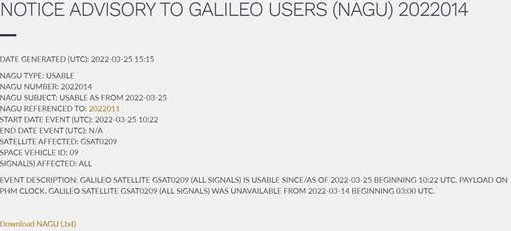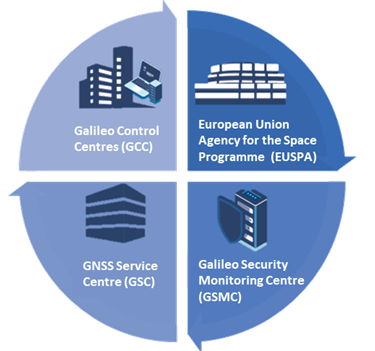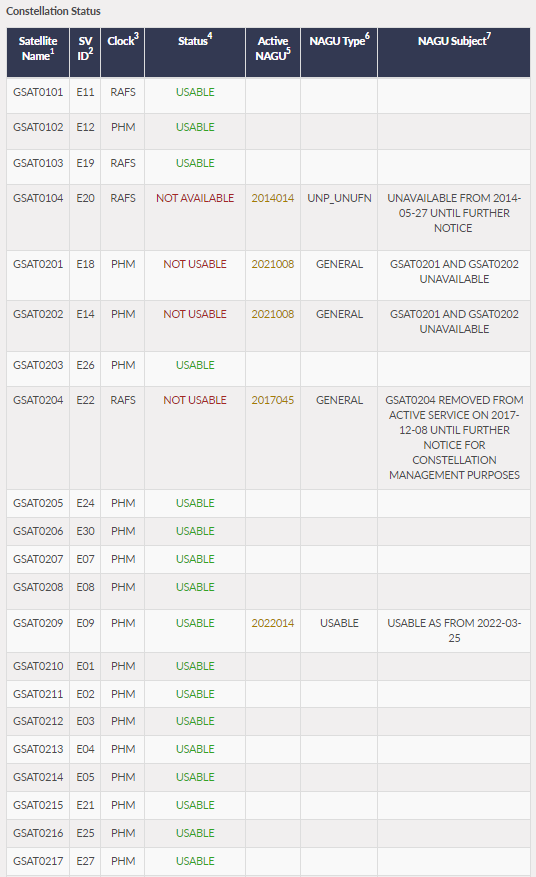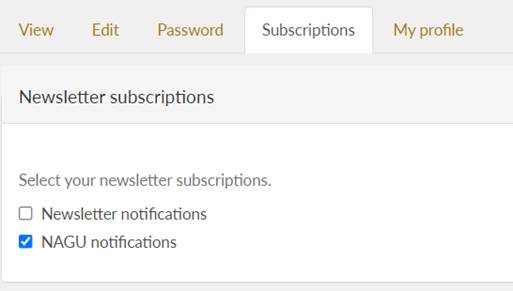The Galileo programme offers electronic notifications for users about changes in the system status. Following the update of the Open Service SDD, issue 1.2, and system performance improvements, Galileo users now benefit from more timely notification send-outs.
The Galileo programme offers electronic notifications to users communicating any changes in Galileo’s status which might affect usage, such as service disruptions or maintenance. These notifications are known as Notice Advisory to Galileo Users (NAGUs). NAGUs provide users with details about an upcoming system event, specifically the type of event, its start and end date, and the satellites and signals affected, concluding with a brief summary description of the event.

Example of a NAGU
NAGUs help users stay informed on both scheduled and unscheduled events affecting the Galileo service. Scheduled events (e.g. maintenance on ground assets affecting service provision) help users to anticipate any service underperformance, so they can consequently schedule or reschedule their activities (e.g. planning a testing campaign using Galileo signals). On the other hand, in case of an unscheduled event, NAGUs enable users to know when these events occurred and how they impacted their solution. For both scenarios, the timely notification to users is crucial.
As reflected in the Open Service SDD, issue 1.2, the NAGU publication timeline has been improved and follows the below criteria:
- Scheduled events: 48 hours before the service is affected.
- Unscheduled events: less than 30 hours after the event affecting the service is detected.
Thus, users are now informed about scheduled events with a longer notice time, at least 48 hours before the event happens. Previously this notice period was 24 hours. In the case of unscheduled events, time to inform users about an unplanned event has been reduced from 72 hours to 30 hours after the event is detected.
NAGUs are published on the GNSS Service Centre (GSC) website after following a coordinated process involving the Galileo Control Centres (GCC), the European GNSS Service Centre (GSC), the Galileo Security Monitoring Centre (GSMC) and the Programme management at the European Union Agency for the Space Programme (EUSPA), with the European Commission (EC) kept informed.

Galileo entities involved in the NAGU publication process.
After publishing the NAGU under the System & Service Status menu in the GSC website, the Galileo constellation table is also updated. In this way, the user is able to know Galileo’s current status just by having a look at the constellation information table.

Extract of the Constellation information table.
There are two different categories of NAGUs: NAGU SPECIFIC and NAGU GENERAL, depending on if it is a specific event affecting one satellite or a general event that might affect the whole constellation. For both categories, different types of NAGUs are defined and explained on Annex E of the Open Service SDD, issue 1.2 and shown in the NAGU information page of the GSC website.
Users are able to receive an update on Galileo’s status through an email notification service, available for free for registered users of the GNSS Service Centre (GSC). Users are invited to subscribe to this service through the GSC account settings menu: once logged-in, check on the “NAGU notifications” box under Subscriptions tab and you will receive real-time NAGU notifications. The Galileo system will inform users of the current Galileo system status.

Subscriptions to NAGU notifications.
Media note: This feature can be republished without charge provided the European Union Agency for the Space Programme (EUSPA) is acknowledged as the source at the top or the bottom of the story. You must request permission before you use any of the photographs on the site. If you republish, we would be grateful if you could link back to the EUSPA website (http://www.euspa.europa.eu).